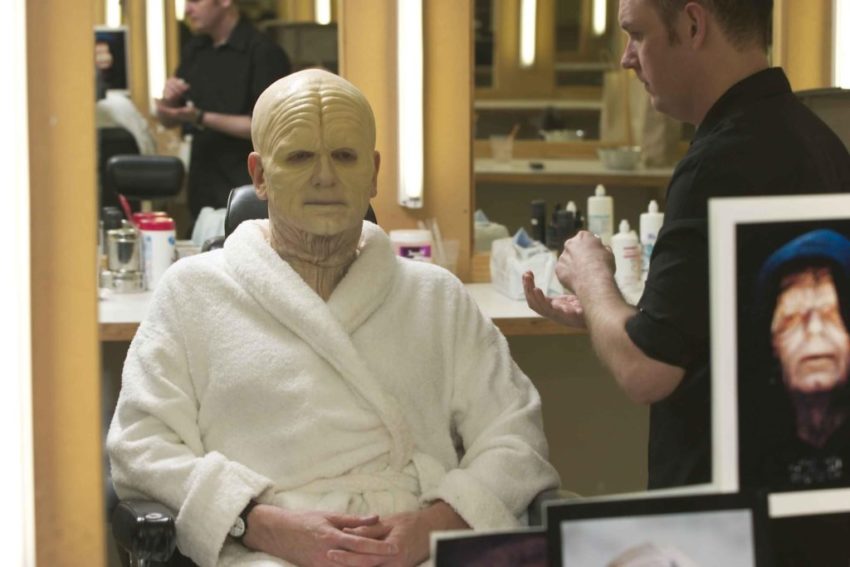From a dental surgery to a film set, the journey is a short one. Have we gone mad? No, well, at least not yet.
Only the most avid cinephiles, who love the big screen and everything about films know that the products used to make masks, make-up and special effects are the same silicones and alginates dentists and orthodontists use when they take impressions for dentures.
These alginates are simply water soluble rubber. How do you turn an actor’s face into a vampire, a zombie, or simply into himself 50 years older? We all still recall the interpretation (and the metamorphic make-up) of Jared Leto in Mr Nobody by Jaco Van Dormael.
The creation of these special effects is a particularly complex process, accomplished by industry professionals: not just make-up artists, but genuine artists. With mould making silicone rubber a sort of impression is taken, which is a negative. The actual model is then created, which is generally in gypsum or resin. It is based on this model that bespoke prostheses are then made, in latex foam or silicone gel, and then applied to the actor’s face.
From brows over the eyes to injuries on their face, including parts with exposed teeth. Silicone platinum-based polymer rubbers make it possible to create details on the brink of perfection. First the actor’s hair is covered with a special cap, and their eyelashes and facial hair are covered with thin layer of make-up remover, the team of make-up artists then has five minutes’ time to apply the creamy alginate, obtained by mixing the material with cold water, and reinforcing it with gypsum bandages. As soon as the gypsum mask has set, the impression is removed and immediately filled with liquid gypsum. It takes approximately 2-3 hours from the preparation of the materials to the completion of the final positive. More complex masks can take up to half-day sessions, lots of breaks and…. plenty of patience!
The arrogance with which everything digital has embraced the world of film-making has not actually made that much difference to the use of these instruments in professional film-making make-up. For those who thought that these special effects were now a thing of the past, the answer comes straight from the future, in other words from Star Wars, the science fiction saga by definition.
Despite the last episode in the series, The Last Jedi,being packed with special effects made with computer graphics, it is also the film in the saga with the most “practical” special effects. Neal Scanlan, designer of the film’s creatures, revealed as much in an interview with Slashfilm.
“In this film” Scanlan, aged 57, claimed, “there are more practical special effects than in any other Star Warsfilm. I think there are almost 200 creatures, characters or droids actually created. I don’t know if they are all in the final cut, there are always a few losses. Otherwise it would have been seven hours long[…] Some were hand-operated puppets, others were suits worn by actors on stilts. In short, we used all the old tricks of the trade”.
Thanks to their extreme pliability, these alginates for casts can be used in multiple sectors of industry, in addition to dentistry and the world of special effects: from jewellery to body casting, from mould making to the production of objects in decorated cement, and even uses in construction and in ceramic processing.


